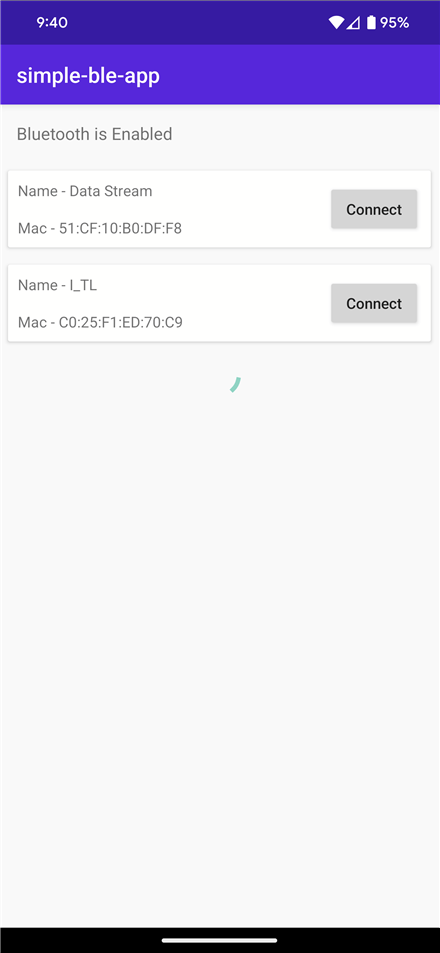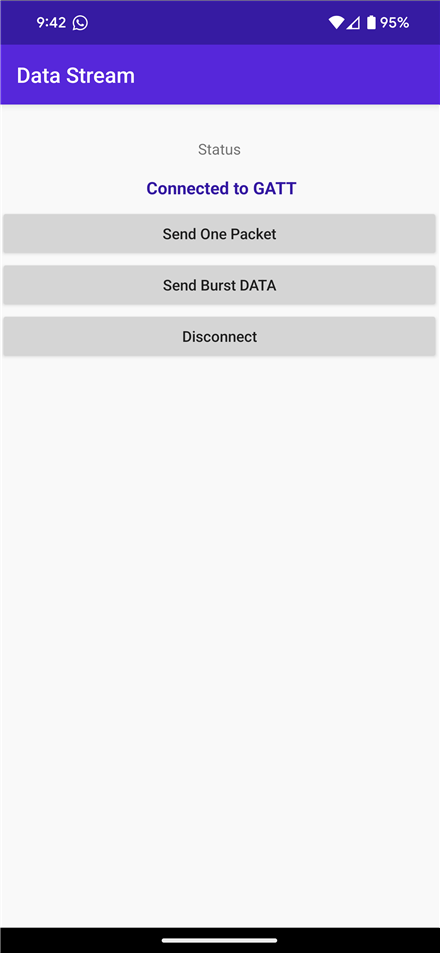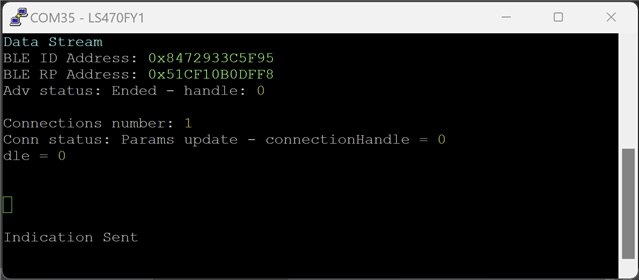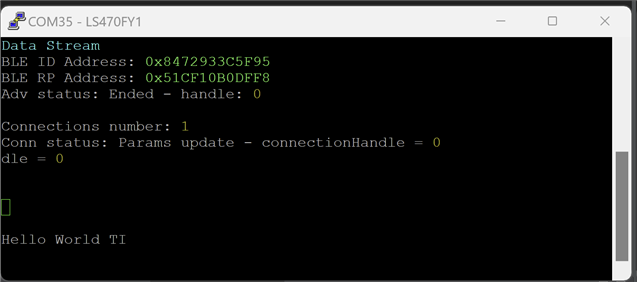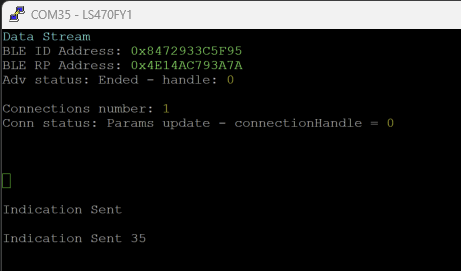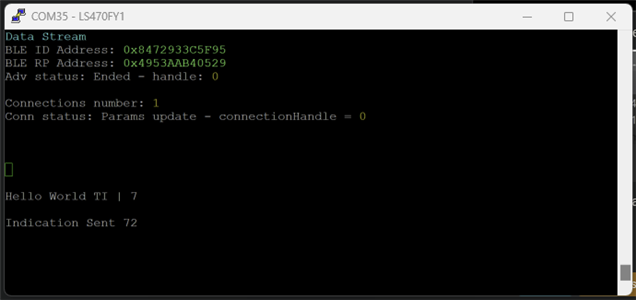Other Parts Discussed in Thread: CC2340R5
Dear TI team,
Our code is based in the data_stream example, when the smartphone APP sends data slowly using the write without response there is no problem and the callback from DSS_writeAttrCB is receiving the data correctly. When app is sending very quickly, then DSS_writeAttrCB callback is receiving the frist packets and then is not receiving anymore data this is happening when the characteristic is using encryption, if we don't use the encryption neither bonding then the data is received properly. It seems that internally the Bluetooth stack is out of resources. Do you have an idea which parameter is affecting that behaviour?
I await your comments.


